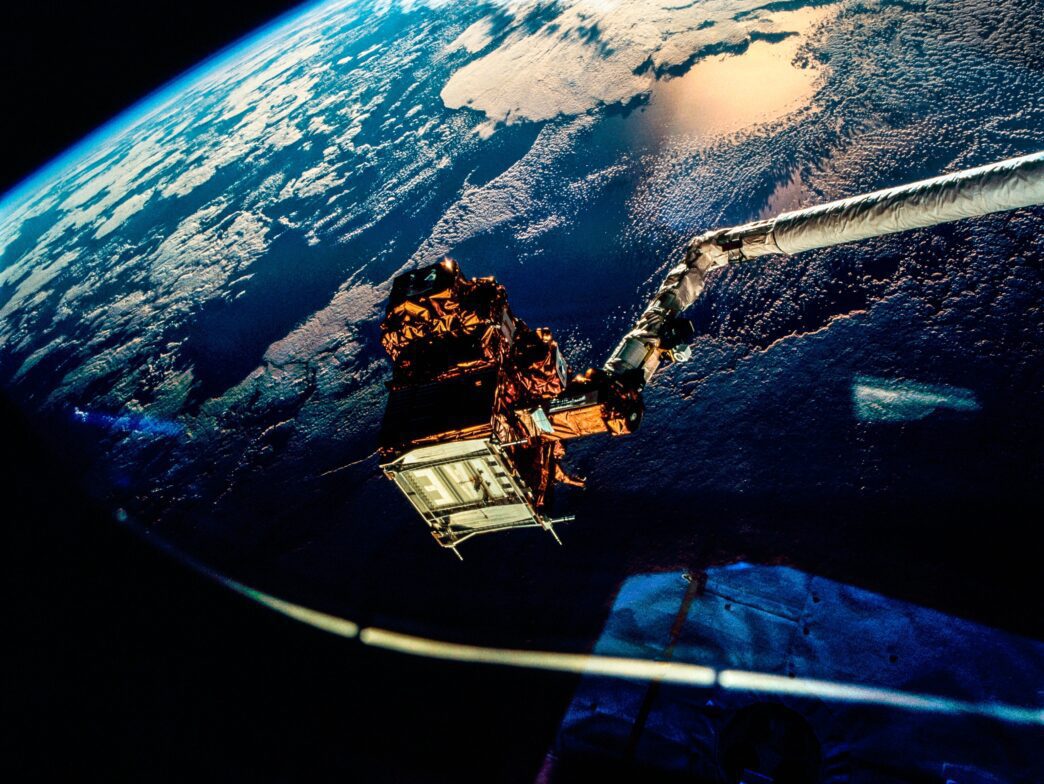Executive Summary
- China has achieved a technological breakthrough in inflatable, reconfigurable space modules, enabling large-scale industrial production in orbit.
- This advancement transitions China’s space manufacturing from “concept verification” to “engineering realisation,” allowing for direct production of biopharmaceuticals, 3D-printed products, and novel materials in space.
- The development positions China as a key competitor in the global race to build “in-orbit factories,” aiming to secure an economic edge and reduce reliance on terrestrial supply chains.
The Story So Far
- China’s recent technological breakthrough in inflatable, reconfigurable space modules is a significant step in the global race to establish “in-orbit factories,” positioning it as a key competitor against the United States and other nations. This advancement marks a transition from concept verification to engineering realization for China’s space manufacturing ambitions, which are seen as crucial for securing a competitive edge in the burgeoning space economy and reducing reliance on terrestrial supply chains for future space missions.
Why This Matters
- China’s breakthrough in inflatable, reconfigurable space modules signifies its transition from conceptual to practical space manufacturing, directly positioning it as a major competitor against the United States in the global race to establish “in-orbit factories.” This advancement is poised to give China a strategic economic advantage by enabling direct production of advanced materials and pharmaceuticals in orbit, thereby reducing reliance on terrestrial supply chains for future space endeavors.
Who Thinks What?
- Chinese researchers, led by Yang Yiqiang, believe the technological breakthrough in inflatable, reconfigurable space modules marks China’s transition from “concept verification” to “engineering realisation” in space manufacturing, enabling direct production in orbit and securing a lead in future space economic development.
- The global space industry, including companies like Varda Space Industries, sees the pursuit of space factories as a new frontier for investment and competition, with various entities actively deploying or working towards establishing in-orbit manufacturing capabilities.
China has made a significant stride in its ambition to establish large-scale industrial production in orbit, announcing a technological breakthrough in inflatable, reconfigurable space modules. This development positions China as a key competitor in the global race to build “in-orbit factories,” primarily against the United States and other nations.
The core of this advancement is a smart morphing framework whose components can be compactly folded for launch. Once in orbit, these components are designed to inflate and unfold, creating vast, stable operational habitats that serve as foundational building blocks for space manufacturing plants.
Advancing Space Manufacturing Capabilities
Yang Yiqiang, Director of the Institute of Mechanics’ Sky Flight Science and Technology Centre and project lead, stated that this technology marks a transition for China’s space manufacturing from “concept verification” to “engineering realisation.” He emphasized that the capability would enable direct manufacturing and production within the space environment, facilitating independent development and utilization of space resources.
The Institute of Mechanics, an affiliate of the Chinese Academy of Sciences (CAS), recently detailed this advancement. According to a statement issued by the Beijing-based institute on November 3, it successfully tested a crucial module of the space factory, termed the “reconfigurable flexible in-orbit manufacturing platform,” in collaboration with several domestic research bodies.
Global Competition in Space Industry
The pursuit of space factories has become a new frontier for both public and private sector investment globally. In 2023, the California-based start-up Varda Space Industries successfully deployed its first satellite, W-Series 1, into orbit, marketing it as the “world’s first space factory.”
The Institute of Mechanics asserts that mastering in-space manufacturing will be crucial for gaining the initiative in future space economic development. The platform is envisioned for producing biopharmaceuticals, 3D-printed products, and novel materials directly in the space environment.
Strategic Implications
This technological leap underscores China’s strategic commitment to expanding its economic and industrial footprint beyond Earth. By developing self-sustaining manufacturing capabilities in orbit, China aims to secure a competitive edge in the burgeoning space economy and reduce reliance on terrestrial supply chains for future space missions.








